
Elestor found the egg of Columbus for the efficient deployment of hydrogen
“The economic breakthrough lies in using cheap energy that you get from a battery at times when energy from the normal grid is expensive.”
Writer: Bart Brouwers
If anything separates people active in the world of energy storage, it is hydrogen. ‘Ideal’ and ‘necessary’ are heard just as often as ‘too expensive’ and ‘inefficient’. Be that as it may, at present hydrogen can hardly compete with batteries. At the same time, everyone can see that this is partly caused by the immaturity of the market and a lack of application possibilities. Guido Dalessi, CEO of the Arnhem-based company Elestor, says he can remove an important barrier to the development of hydrogen as an energy carrier. With the technology of the hydrogen bromine battery developed by his company, he wants to demonstrate that electrolyzers (needed for the production of hydrogen) can be used continuously, for long periods of time, and with cheap renewable electricity.
Dalessi is proud to show the theoretical foundation of his thoughts with the paper he prepared for this purpose. With substantive explanations and clear illustrations, Dalessi takes us step-by-step through his thoughts. “It’s a matter of technology, but also of cost,” he says. “For the technology around hydrogen to really break through, the capital cost of the electrolyzer, its utilization, and the (average) electricity purchase price during the time of operation, has to come down. Thanks to our technology, all of that is possible.”
The economic breakthrough lies in using cheap energy that you get from a battery at times when energy from the normal grid is expensive. “In principle, this could be done with any battery, but of course you want one whose storage cost per kWh is extremely low. And that is exactly the case with our hydrogen-bromine flow battery: no other battery can store energy for 5 cents per kWh.” And there is another advantage: “As a direct result of the operating principle of using hydrogen as a storage medium, this technology has a special match with the production of hydrogen by electrolysis.”
In plain language, Elestor’s flow battery can form one cohesive device with the electrolyzer, as it were. And that in itself has new benefits. Dalessi explains it in three steps:
Step 1
Step 1 shows the situation with Elestor’s battery on the left and the electrolysis process to produce hydrogen on the right. Supplying power from the battery at times when it is cheaper than from the grid gives an immediate economic advantage. Dalessi: “The electrolyzer produces hydrogen during periods when renewable electricity is sufficiently cheap, for example as a result of temporary overproduction. At the same time, the flow battery stores the same cheap electricity, at the lowest possible storage cost per kWh. As soon as the price of renewable electricity increases, the electrolyzer starts using the electricity stored by the flow battery to then use it to make hydrogen.” All this ensures that the use of the electrolyzer becomes optimal.
Step 2
But why set up two hydrogen tanks side by side, Dalessi wondered during the thought process. “The use of hydrogen for battery charging and discharging processes is the key to integrating the two systems. In this way, a smart and economically interesting combination with electrolyzers can be formed.”
Step 3
Connecting the system to a future hydrogen infrastructure © Elestor
Ultimately, this integration of electricity storage with electrolysis, combined with the expected developments in infrastructure, leads to yet new possibilities. Dalessi: “To see that, you have to know that the amount of hydrogen produced by our flow battery during charging is exactly the same as what is used again during discharge. The total of input and output is therefore zero. That principle becomes extra relevant if you were to link the system to a future hydrogen infrastructure in our country.”
Indeed, because hydrogen can be transported relatively cheaply over long distances via pipelines, new opportunities are opening up. There are already plans to build an infrastructure of such pipelines on a national scale in the coming decades – partly by ‘refurbishing’ the old gas grid. “These national hydrogen backbones offer a unique opportunity to serve as a hydrogen storage tank for Elestor’s flow battery. The flow battery then no longer needs a separate tank for hydrogen storage, making the system both simpler, cheaper, and smaller.” Because the flow battery produces hydrogen while charging and uses the exact same amount again while discharging, the total of input to, and withdrawal from, the hydrogen infrastructure is zero. “Therefore, there is a net-zero effect when the flow battery is connected to a hydrogen infrastructure in this way.”
From theory to daily life
Getting his egg of Columbus actually realized will require more than a theory on paper, Dalessi fully realizes. “We are committed to finding the best solutions for the energy transition, including their economic feasibility. But for that, we need a kickstart. Specifically, the government needs to take a role here. There is already a great deal of support for technical development, for example through subsidies that we have also made use of. But in order to scale up the technology further and to have the Netherlands play a leading role internationally, a regulation is needed that stimulates the market to actually start using it.” Dalessi already pointed to the Capacity Remuneration Mechanism in Belgium for this purpose. “The flywheel needs to be set in motion.”
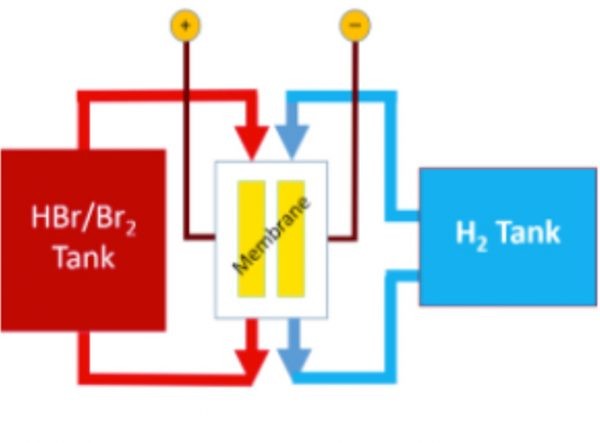
The principle of Elestor’s hydrogen bromine flow battery © Elestor
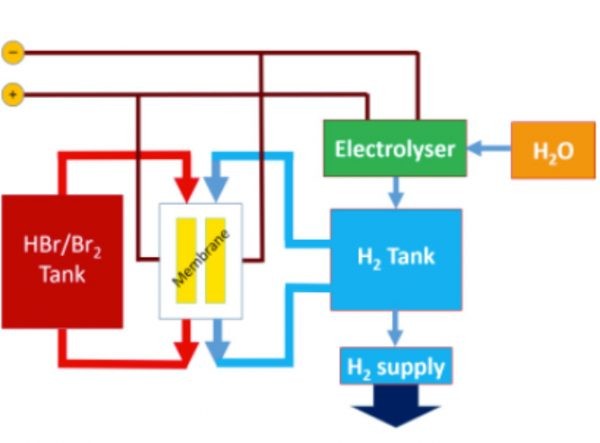
Step 1
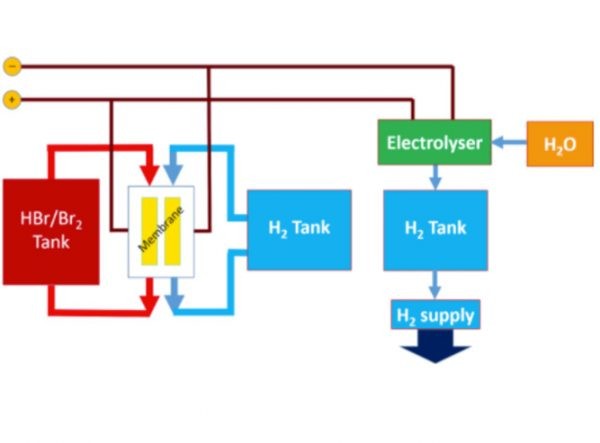
Step 2: After integrating the two hydrogen tanks © Elestor
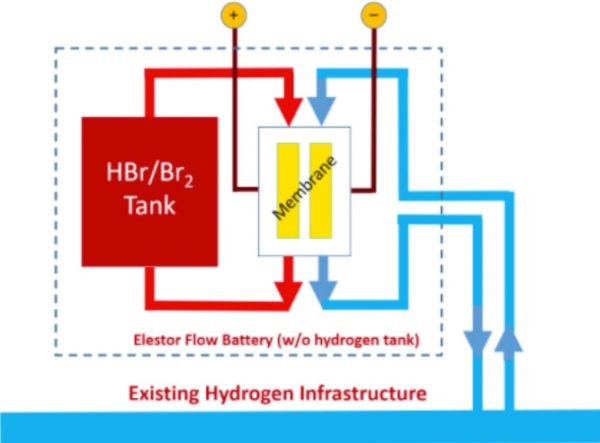
Step 3: Connecting the system to a future hydrogen infrastructure © Elestor

With € 30 million, the SLDBatt project in the context of the Growth Fund Material Independence & Circular Batteries is the largest R&D project into battery technology for long-term storage of sustainably generated electricity in the Netherlands
Minister Hermans with SLDBatt consortium representatives at IEA Energy Storage Symposium in Rotterdam (credits: Mathias de Graag / RVO)
Read more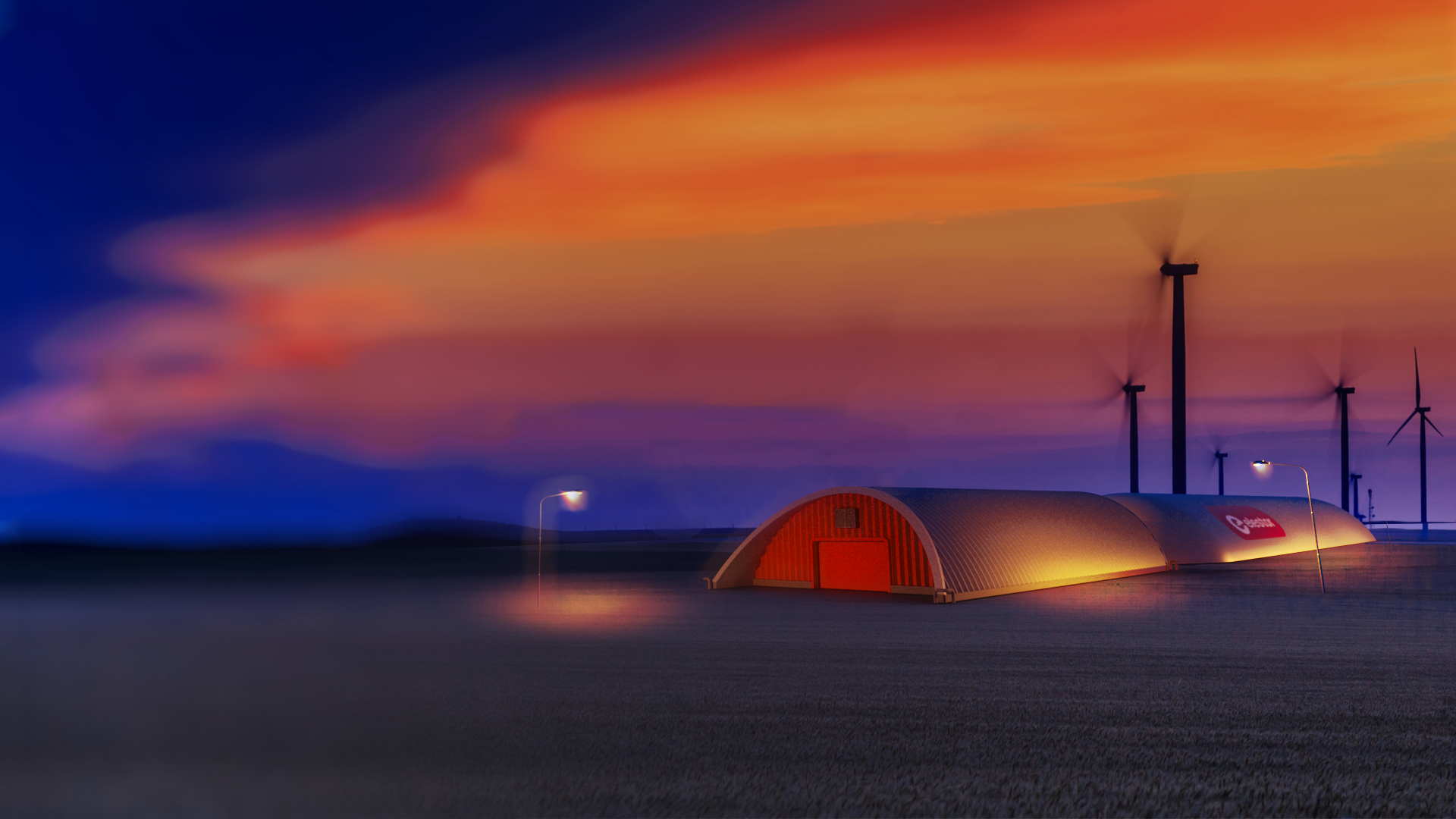
Elestor’s Hydrogen-Iron Flow Batteries: Powering Europe’s Resilient and Sovereign Energy Future
In its Innovation News Network article from 15 July 2025, Elestor illustrates how its hydrogen‑iron flow batteries can deliver long‑duration, modular energy storage to bolster Europe’s grid stability and strategic autonomy. The story highlights the team’s use of abundant, safe materials and regulatory-aligned design to ensure rapid deployment at scale.
Read more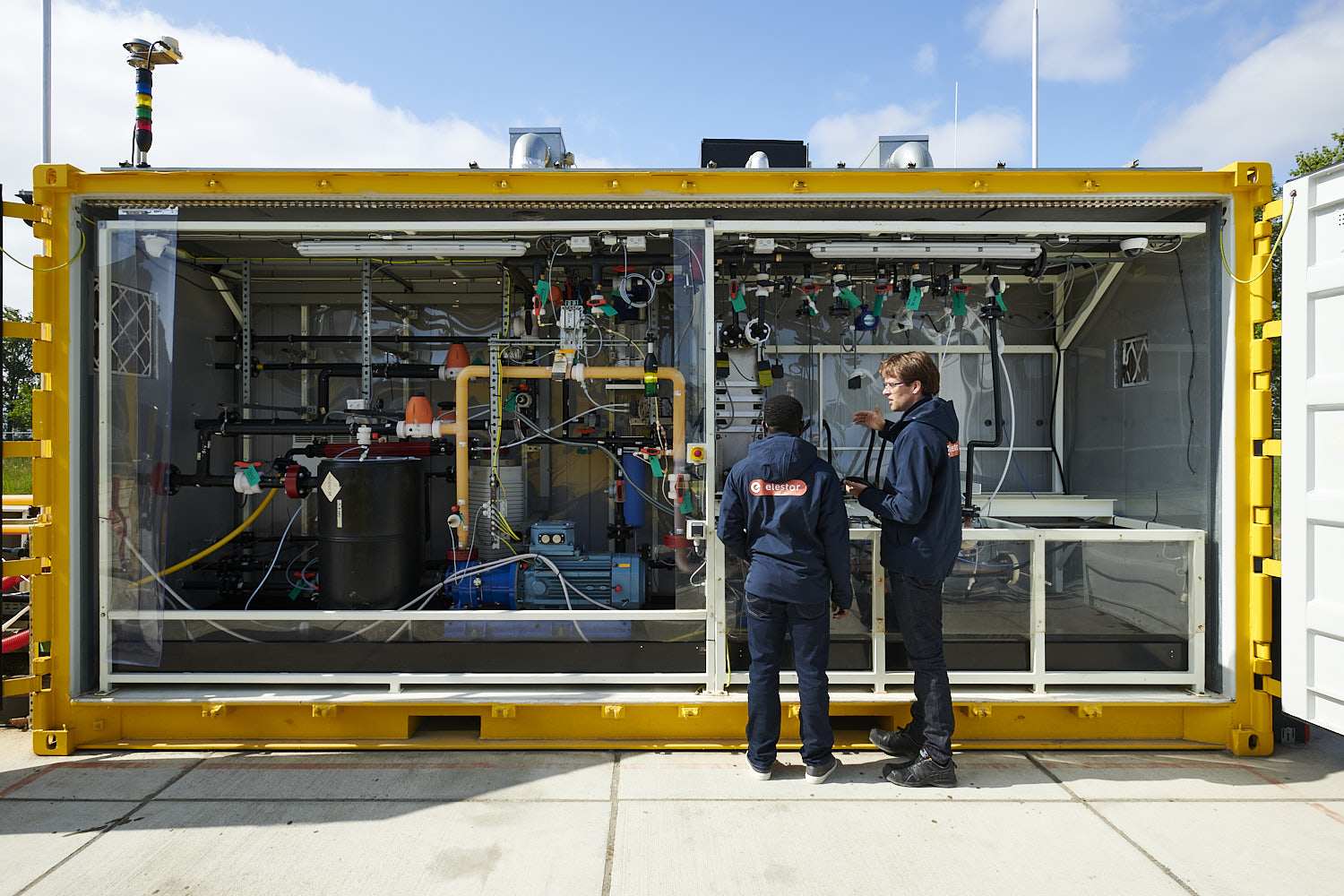
Permissible technology
Why we find it easy to gain approval for our hydrogen-iron flow battery from both regulators and the general public
Read more
